Stachys officinalis (L.) Trevis. |
| |
|
|
Botanical Name |
: |
Stachys officinalis (L.) Trevis. |
English
Name |
: |
Bethony, Purple betony, Wood betony, Bishop's wort, Common hedgenettle |
Synonym(s) |
: |
Betonica officinalis L., Stachys betonica Benth. nom. illeg. |
Family |
: |
Lamiaceae |
| |
General Info
| Description |
 |
|
A perennial grassland herb growing to 70cm tall. Leaves are stalked on upright stems, narrowly oval, with a heart-shaped base, with a somewhat wrinkled texture and toothed margins. Flower c 13-17 mm long; calyx is 5-7mm long, with 5 teeth, edged with bristles; corolla 1-1.5cm long. Its upper lip flat, almost straight when seen from the side; anthers stick straight out. |
| Herb Effects |
 |
|
Antidepressant, antidiarrheic, anthelmintic, antiinflammatory, antiseptic, astringent, bitter, carminative, cerebrotonic, cholagogue, depurative, digestive, diuretic, expectorant,emmenagogue, hepatotonic, hypotensive, nervine, sedative, tranquilizer, tonic and vulnerary. |
Chemistry
| Active Ingredients |
 |
|
Betaine, caffeic acid, chlorogenic acid, choline, harpagide, neo-chlorogenic acid, rosmarinic acid, stachydrine and tannin (plant) |
| Chemistry
of Active Ingredients |
 |
|
|
 |
Name |
CAS# |
IUPAC Name |
Formula |
Structure |
 |
|
| Betaine |
590-47-6 |
Carboxymethyl-trimet
hyl-ammonium
hydroxide |
C5H13NO3 |
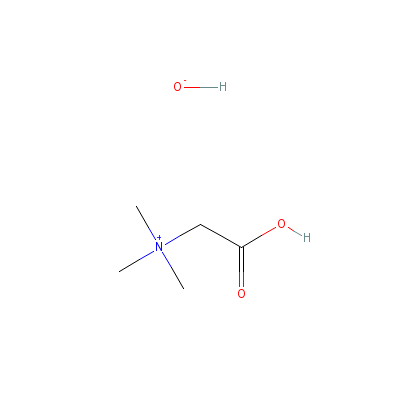
|
| Caffeic acid |
Not Available |
3-(3,4-dihydroxyphen
yl)prop-2-enoic acid |
C9H8O4 |
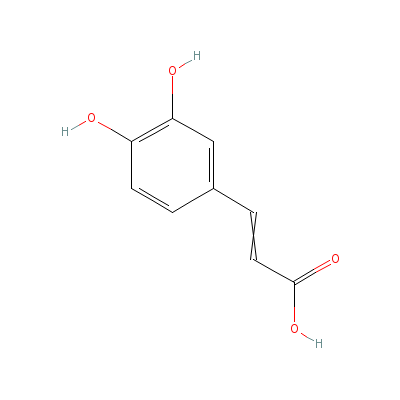
|
| Chlorogenic acid |
327-97-9 |
3-[3-(3,4-dihydroxyp
henyl)prop-2-enoylox
y]-1,4,5-trihydroxy-
cyclohexan
e-1-carb
oxylic acid |
C16H18O9 |
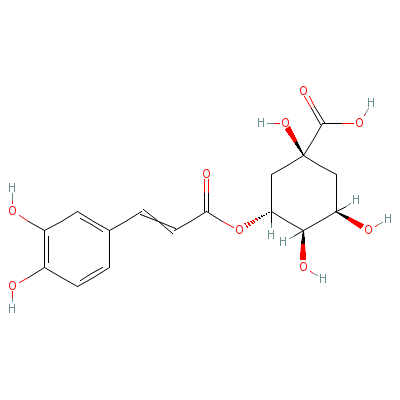
|
| Harpagide |
6926-08-5 |
(1S,5S,6R,7S,9R)-7-m
ethyl-5-[(2S,3R,4S,5
R,6R)-3,4,5-trihydro
xy-6-(hydr
oxymethy
l)oxan-2-yl]oxy-4-ox
abicyclo[4.3.0]non-2
-ene-1,7,9-triol |
C15H24O10 |
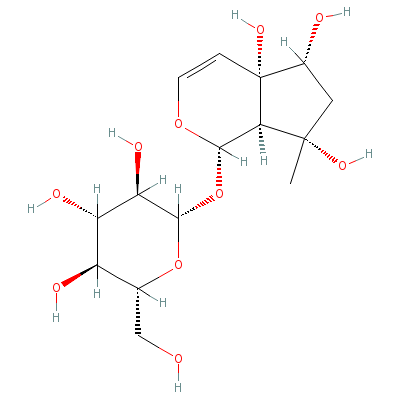
|
| Neo-chlorogenic acid |
Not Available |
Not Available |
Not Available |
|
| Rosmarinic acid |
537-15-5 |
3-(3,4-dihydroxyphen
yl)-2-[3-(3,4-dihydr
oxyphenyl)prop-2-eno
yloxy]prop
anoic
acid |
C18H16O8 |
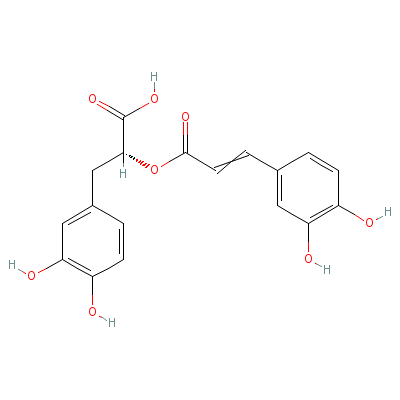
|
| Stachydrine |
Not Available |
1,1-dimethyl-2,3,4,5
-tetrahydropyrrole-2
-carboxylate |
C7H13NO2 |
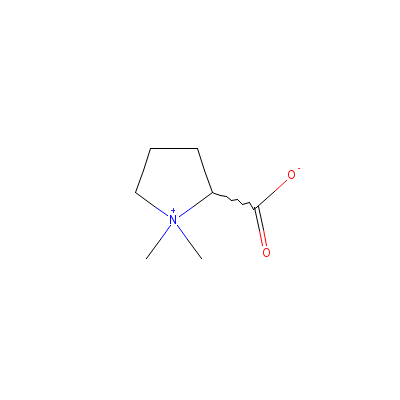
|
| Tannin |
1401-55-4 |
Not Available |
C27H22O18 |
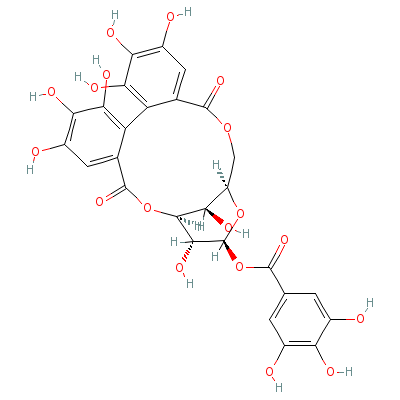
|
|
Pharmacology
| Medicinal Use |
 |
|
Used in treating ague, anxiety, arthrosis, asthma, bladder stone, bleeding, bronchosis, bruise, genital cancer, liver cancer, spleen cancer, catarrh, cholecystosis, cold, convulsions, cough, cramps, cystosis, debility, depression, dermatosis, diarrhea, dropsy, dyspepsia, dyspnea, edema, enterosis, epilepsy, epistaxis, fractures, gas, gingivosis, gout, headache, heartburn, hemoptysis, hepatosis, hernia, high blood pressure, hysteria, inflammation, insomnia, jaundice, kidney stone, mucososis, nephrosis, nervousness, neuralgia, neurosis, palpitation, palsy, paresis, phthisis, pulmonosis, rheumatism, rhinosis, sclerosis, sore throat, scrofula, splenosis, stomatosis, stress, swelling, tension, throat, toothache, vertigo, wen and wounds. |
| Reference |
 |
|
 James A Duke and Maryl Fulton. Handbook of Medicinal Herbs - 2nd Edition, P: 792-793, CRC Press July 2002. James A Duke and Maryl Fulton. Handbook of Medicinal Herbs - 2nd Edition, P: 792-793, CRC Press July 2002.
|
Dealers
Products
|
|